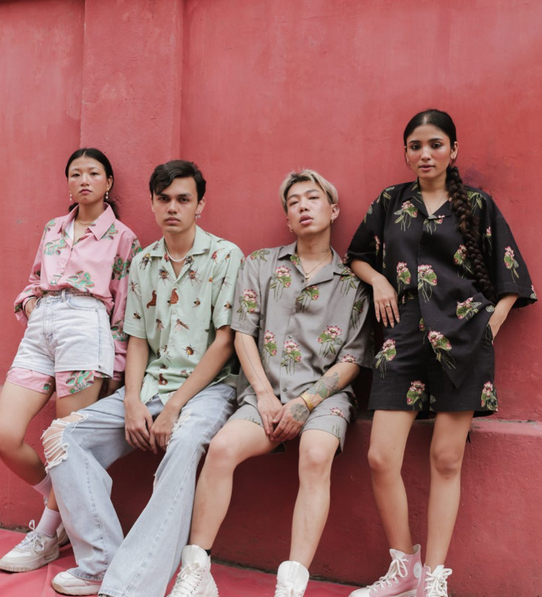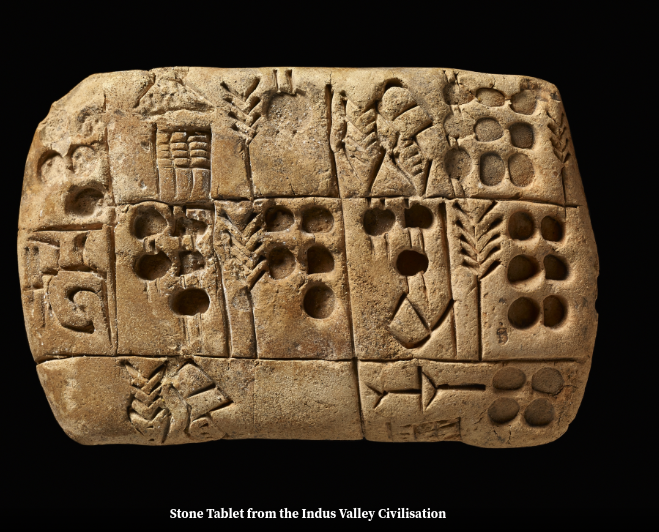Blogs

An Ode to the Senses and Surroundings
02 Jan 24
By Owner
Time : 491 days 16 hours 59 minutes 3 seconds ago

It is said that clothing is a reflection of our personality. The colours, patterns, silhouettes, prints and motifs on our garment, reflect our mood. As we wonder why designs from the jungles of India or bizarre coloured funky patterns
It is said that clothing is a reflection of our personality. The colours, patterns, silhouettes, prints and motifs on our garment, reflect our mood. As we wonder why designs from the jungles of India or bizarre coloured funky patterns are gradually hitting the stores, let us delve deeper into understanding the mindset driving the same.
Mostly based on jungle themes and aesthetics, these patterns strongly remind us of the rich diversity of nature. To evoke the feeling of being ‘one with nature’, these collections are usually soft, mildly saturated and earthy. They sync well with people grounded to their roots and find peace by engaging in activities like gardening, drawing rangoli**, lighting diyas outdoors and more. Creating a connection with people who find peace in the simple things in life, in the calmness of nature and earthy tints and tones.
Another genre of expression also includes tech-induced expereinces. We are aware of the multitude of possible outcomes that can be achieved using technology. Tech integrated garments also hold great potential in upcoming trends (Reference – Gorpcore). Not only does it provide consumers an ease of life comfort, but also paves way for them to enter into a different dimension altogether. Advertising campaigns for these products are placed supporting this idea. It provides users the impression of wearing something like a superhero suit, instilling a new feeling, instead of plain old boring clothes and accessories.
While a set of population can be very subtle in their ways of expression, there are also people residing on the contrary. This is where loud, bold, and funky designs come into play. Sometimes even accompanied by strong emotional quotes associated with these choices. It screams the idea of wanting to be heard, meaning people wish to feel important and get away from the clutches of monotony, where there is very little distinction between one another.
The night sky has been a beautiful source to get away since times immemorial. Stargazing eases people, gradually leading them to fall asleep. It serves as a reminder of how we are only a small speck in this huge universe. All that is ever accompanied during this time are the chirping sounds of crickets, in the night of dark. It makes one feel belonged, present in the moment and cherish their existence in this universe.
As the stars carry light into our dreams, we observe how people feel drawn towards the astro-culture in various aspects of life. Be it tattoos, zodiac readings, birthstones, or strolling under the moon, these themes have left marks everywhere in our surroundings. We notice a resurgence of the same, gradually attaining popularity to fulfil the curious minds of people seeking something within, and wandering off into the darkness, by embracing the positive side of it, in search of a twinkling star or the bright moon.
As the stars carry light into our dreams, we observe how people feel drawn towards the astro-culture in various aspects of life. Be it tattoos, zodiac readings, birthstones, or strolling under the moon, these themes have left marks everywhere in our surroundings. We notice a resurgence of the same, gradually attaining popularity to fulfil the curious minds of people seeking something within, and wandering off into the darkness, by embracing the positive side of it, in search of a twinkling star or the bright moon.
Contemporary movies, web series and fictional characters also derive inspiration from celestial fantasies and mythology. This heavily influences current culture and trends, motivating people to adopt them, to feel different, far from normalcy. In a way, it helps in finding a balance between personal and professional lives. At times people tend to carry it wherever they go, proving it is a part of them.
Words by Dhivya Darshini; Edited by Poornima Santhanam









